Contents
- The Mysterious Interpretations of Constellation Draco across Cultures
- Ancient Greek Interpretation
- Chinese Interpretation
- Norse Interpretation
- Native American Interpretation
- Conclusion
- Frequently Asked Questions
- References
-
Frequently Asked Questions
- What is the significance of the Draco constellation?
- What is the mythological origin of Draco in ancient Greek culture?
- How does Draco hold astronomical significance in ancient Greek culture?
- What is the significance of dragon symbolism in Chinese culture?
- How does Draco influence Chinese astrology?
- What is the connection between Draco and imperial power in Chinese culture?
- What is the significance of the wyrm and the World Serpent in Norse culture?
- How does Draco feature in Viking cosmology?
- What are the warrior associations linked to Draco in Norse culture?
- What is the spiritual significance of Draco in Native American cultures?
- References
- Read More
The Mysterious Interpretations of Constellation Draco across Cultures
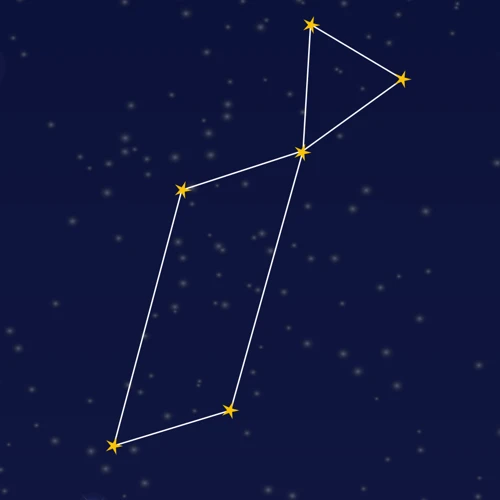
Constellation Draco, also known as the Dragon, has captivated the imagination of various cultures throughout history. This celestial creature has been interpreted in diverse and intriguing ways, reflecting the unique beliefs and mythologies of different civilizations. From the ancient Greeks to the Chinese, the Norse, and Native Americans, the constellation has held a prominent place in their cultures, symbolizing power, spirituality, and cosmic significance. In this article, we will explore the fascinating interpretations of Constellation Draco across these cultures, unraveling the myths, symbolism, and connections that make this constellation so enigmatic and alluring.
Ancient Greek Interpretation
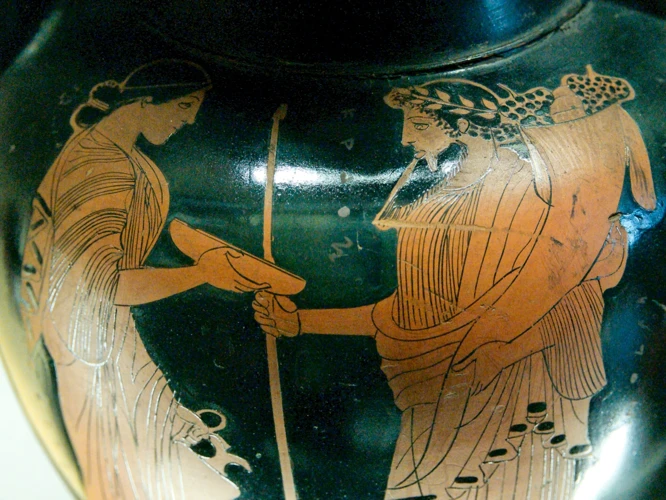
Ancient Greek Interpretation:
In Greek mythology, the constellation Draco was associated with several fascinating legends and had both mythological and astronomical significance. According to one mythological origin, Draco represented Ladon, a monstrous dragon that guarded the golden apples of the Hesperides. This dragon was slain by the hero Heracles as one of his twelve labors. The astronomical significance of Draco lies in its position near the North Celestial Pole, making it a circumpolar constellation that never sets below the horizon. This led the ancient Greeks to view Draco as the guardian of the celestial sphere, highlighting its role as a prominent and eternal figure in the night sky.
Chinese Interpretation
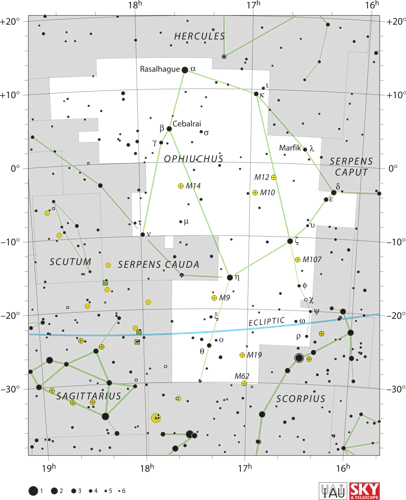
Chinese Interpretation:
In Chinese culture, the interpretation of Constellation Draco revolves around the symbolism of dragons, which hold great significance. Dragons are regarded as powerful and benevolent creatures associated with good fortune and prosperity. The celestial dragon represented by Draco was believed to control the rains and waters, essential for agriculture and the well-being of the people. This symbolism extended to Chinese astrology, where the dragon is one of the twelve zodiac animals. Those born in the Year of the Dragon are believed to inherit the dragon’s characteristics of strength, success, and good luck. Additionally, the connection between Constellation Draco and dragons played a role in notions of imperial power and the divine mandate of emperors in Chinese society.
Norse Interpretation

Norse Interpretation:
In Norse mythology, Constellation Draco was associated with the mighty serpent, known as the Wyrm or the World Serpent. This serpent, named Jormungandr, was one of the children of the god Loki and played a significant role in Viking cosmology. According to Norse belief, Jormungandr encircled the entire world, with its tail in its mouth, creating a cosmic cycle of life and destruction. The constellation’s resemblance to this ancient serpent symbolized the primal forces of nature and the ever-present chaos in the Norse worldview. Additionally, the association between dragons and warriors in Norse mythology further emphasized Draco’s role as a symbol of strength and courage among the Viking warriors.
Native American Interpretation
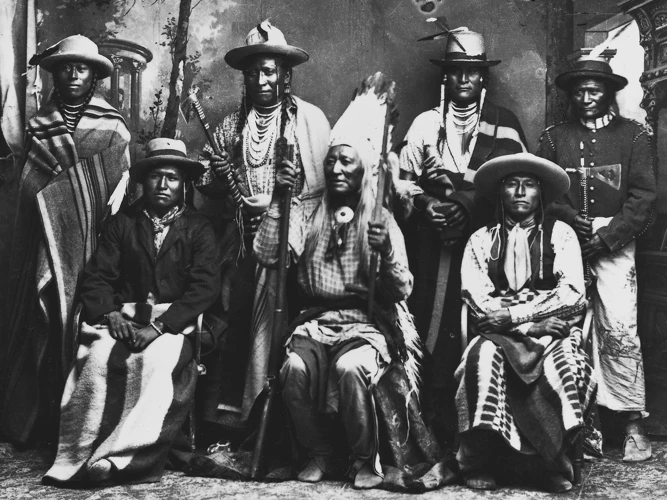
Native American Interpretation:
The Native American cultures also had their own unique interpretations of the constellation Draco. While the specific interpretations varied among different tribes, there were common themes and beliefs associated with this celestial creature. In some Native legends, Draco was seen as a great serpent that played a role in the creation of the world. It was believed to be a symbol of wisdom, spirituality, and protection. Many Native American tribes incorporated the image of the serpent into their artistic expressions and rituals, considering it a sacred and powerful being. The interpretation of Draco within the context of totemism varied as well, with some tribes assigning it qualities such as transformation and renewal. The celestial presence of Draco held great spiritual significance for the Native American cultures, connecting them to the cosmic forces and natural world.
Conclusion
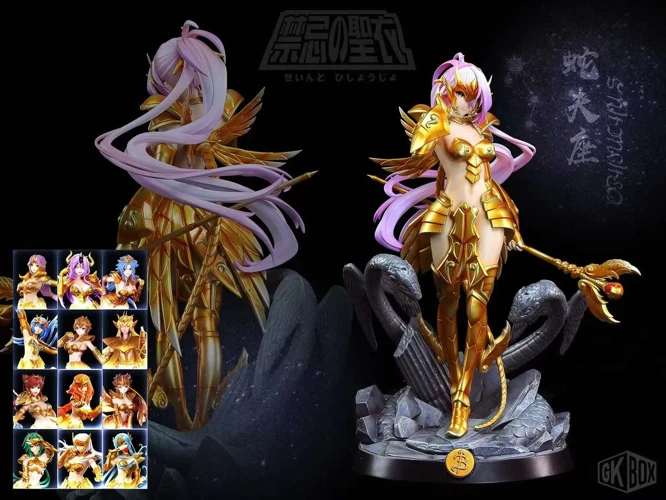
The interpretations of Constellation Draco across different cultures reveal the diverse and rich tapestry of human mythology and astronomy. From the ancient Greeks who saw it as the guardian of the celestial sphere, to the Chinese who associated it with dragons and imperial power, the Norse who saw it as a warrior symbol, and the Native Americans who found spiritual significance in its presence, Draco has held a special place in the hearts and minds of people throughout history.
These interpretations not only showcase the unique beliefs and legends of each culture but also highlight the universal human fascination with the stars and the desire to attach meaning and symbolism to the celestial wonders above. Whether it is the mythological origins, the astronomical significance, the symbolic connections, or the spiritual associations, each interpretation adds another layer to the enigma that is Constellation Draco.
As we delve deeper into the stories and symbolism surrounding this constellation, we gain a greater appreciation for the beauty and complexity of human culture and our ongoing quest to unravel the mysteries of the universe.
Frequently Asked Questions

FAQs about the Interpretations of Constellation Draco
1. Is Constellation Draco visible all year round?
Yes, Draco is a circumpolar constellation, which means it can be seen throughout the year in the northern hemisphere.
2. How did the ancient Greeks interpret Draco?
The ancient Greeks associated Draco with the dragon Ladon, slain by Heracles, and viewed it as a guardian of the celestial sphere.
3. What is the significance of Draco in Chinese culture?
Draco holds deep symbolism in Chinese culture and is associated with imperial power, dragon mythology, and its influence on Chinese astrology.
4. Did the Chinese consider Draco a celestial dragon?
Yes, in Chinese mythology, Draco is often referred to as the Celestial Dragon and is believed to have a divine and auspicious nature.
5. How did the Norse interpret Draco?
In Norse mythology, Draco played a prominent role as a representation of the wyrm or the world serpent, reflecting its connection to cosmology and the cyclical nature of the universe.
6. What warrior associations are linked to Draco in Norse culture?
Draco was associated with fierce and powerful warriors in Norse mythology, symbolizing strength, bravery, and protection.
7. What Native American legends mention Draco?
Some Native American tribes have legends that reference Draco as part of their creation stories or as a significant celestial figure in their spiritual beliefs.
8. How is Draco significant in Native American spirituality?
Draco is seen as a symbol of spiritual guidance, wisdom, and harmony with nature in Native American spirituality.
9. Does Draco have any connection to totemism?
Yes, in some Native American cultures, Draco is associated with specific totem animals, representing their spiritual connection and guidance.
10. How does Draco influence astrology and horoscopes?
While not a zodiac constellation, Draco’s position and influence can be considered in certain astrological readings, particularly in relation to the North Node.
References
- The Mystery of the Dragon: Mythology and Astronomical …
- Constellations Across Cultures – Wondernauts
Frequently Asked Questions

What is the significance of the Draco constellation?
The Draco constellation holds significance across various cultures due to its prominent position in the night sky and its association with mythological creatures such as dragons and serpents.
What is the mythological origin of Draco in ancient Greek culture?
Ancient Greek mythology describes Draco as the dragon that guarded the Golden Apples of the Hesperides, a task later taken on by Hera’s servant Ladon.
How does Draco hold astronomical significance in ancient Greek culture?
In ancient Greek astronomy, Draco was seen as a celestial dragon circling the North Pole. Its elongated shape served as a navigational marker for mariners and played a role in determining the position of the celestial pole.
What is the significance of dragon symbolism in Chinese culture?
In Chinese culture, dragons symbolize power, strength, and good fortune. They are often associated with imperial authority and are considered mythological creatures of immense wisdom and benevolence.
How does Draco influence Chinese astrology?
The Draco constellation plays a vital role in Chinese astrology. It is associated with the zodiacal sign of the Dragon and is believed to bring special qualities to individuals born under this sign, such as ambition, intelligence, and leadership skills.
What is the connection between Draco and imperial power in Chinese culture?
Dragons have long been associated with emperors and imperial power in Chinese culture. The dragon throne, known as the “Dragon Seat,” symbolized the authority of the emperor, further enhancing the significance of Draco.
What is the significance of the wyrm and the World Serpent in Norse culture?
In Norse mythology, the wyrm and the World Serpent are both associated with Draco. The wyrm is a creature representing chaos and destruction, while the World Serpent plays a pivotal role in the cycle of creation and destruction.
How does Draco feature in Viking cosmology?
In Viking cosmology, Draco was believed to be the great serpent Jormungandr, who encircled the world, holding it together. Its presence in the night sky was seen as a reflection of the cosmic order maintained by the gods.
What are the warrior associations linked to Draco in Norse culture?
Draco’s representation as a wyrm in Norse culture connected it to the concept of courage, strength, and the warrior spirit. Its inclusion in Viking sagas and art often portrayed warriors facing off against mighty dragons.
What is the spiritual significance of Draco in Native American cultures?
Native American cultures have various legends and beliefs associated with Draco. It is seen as a spiritual guide and protector, representing wisdom, transformation, and the connection between the earthly and spiritual realms.
References
- Draco – Students
- Draco Constellation • Quick & easy • Everything worth knowing!
- Thuban vs Draco: Common Misconceptions and Accurate …







